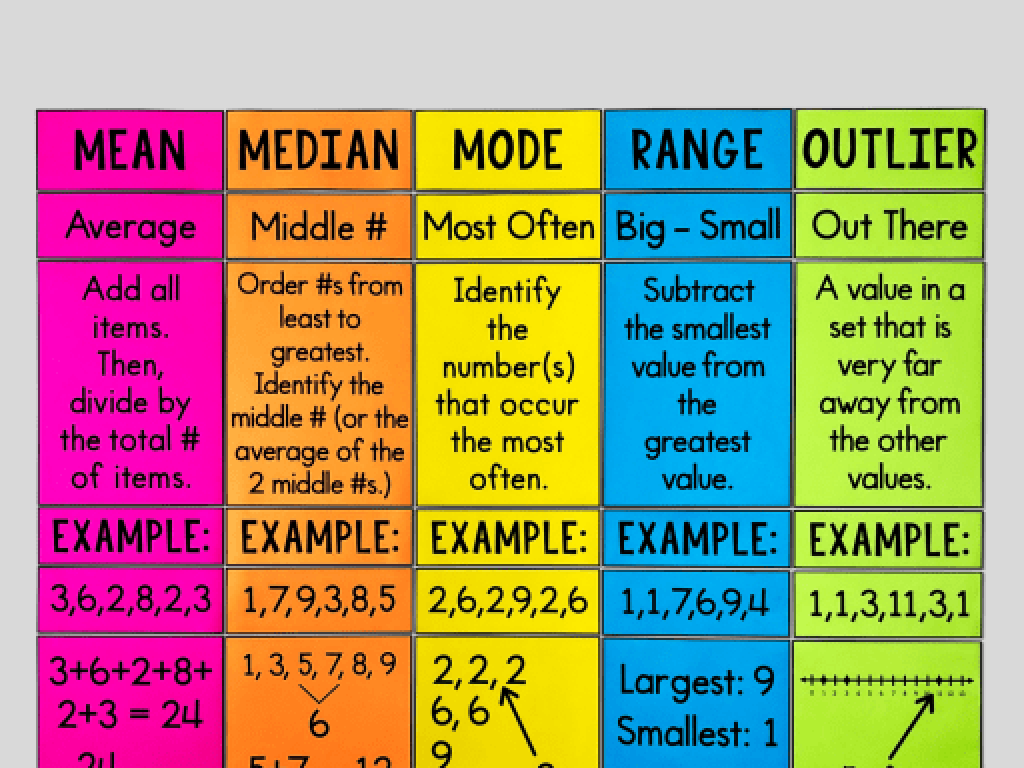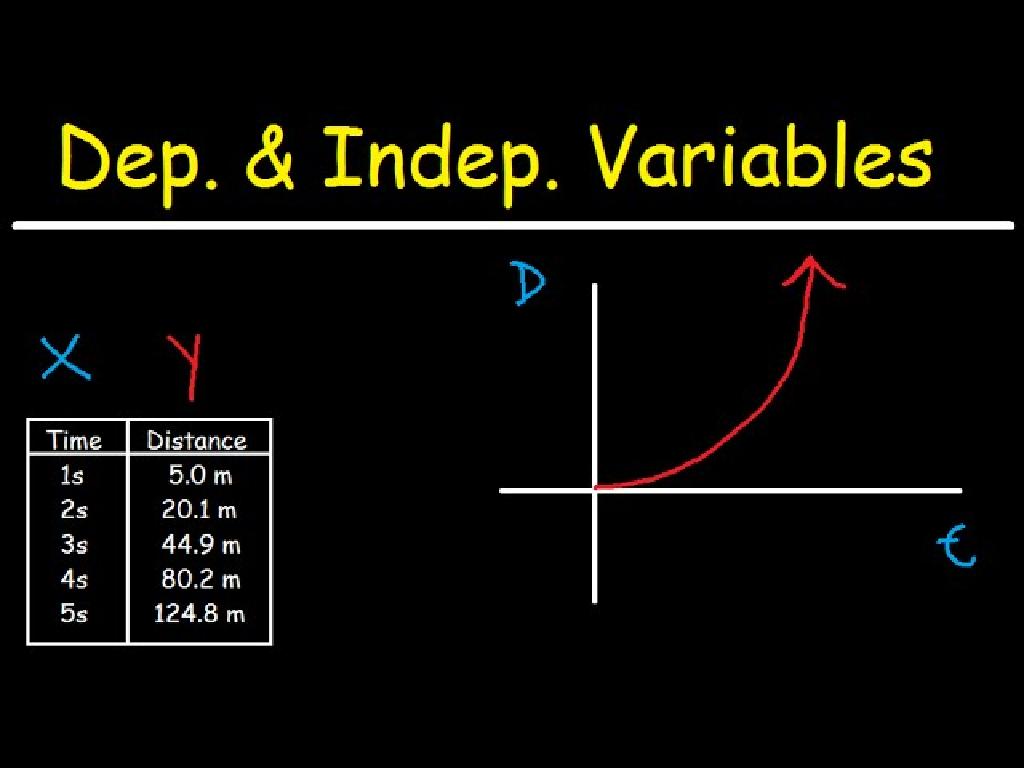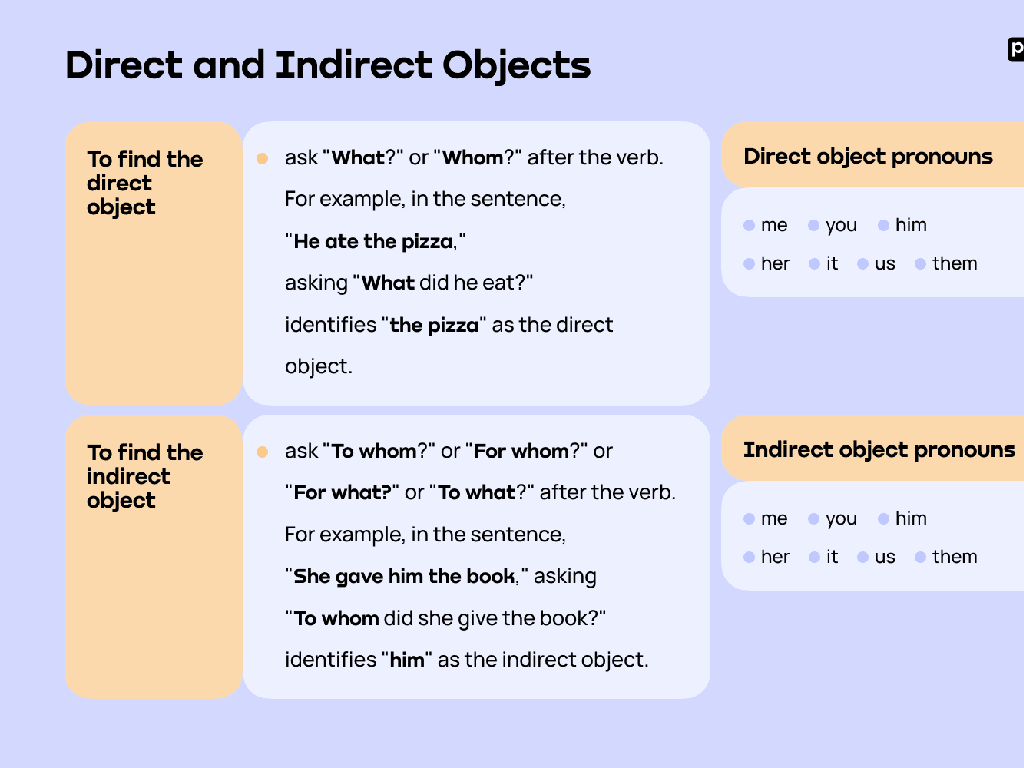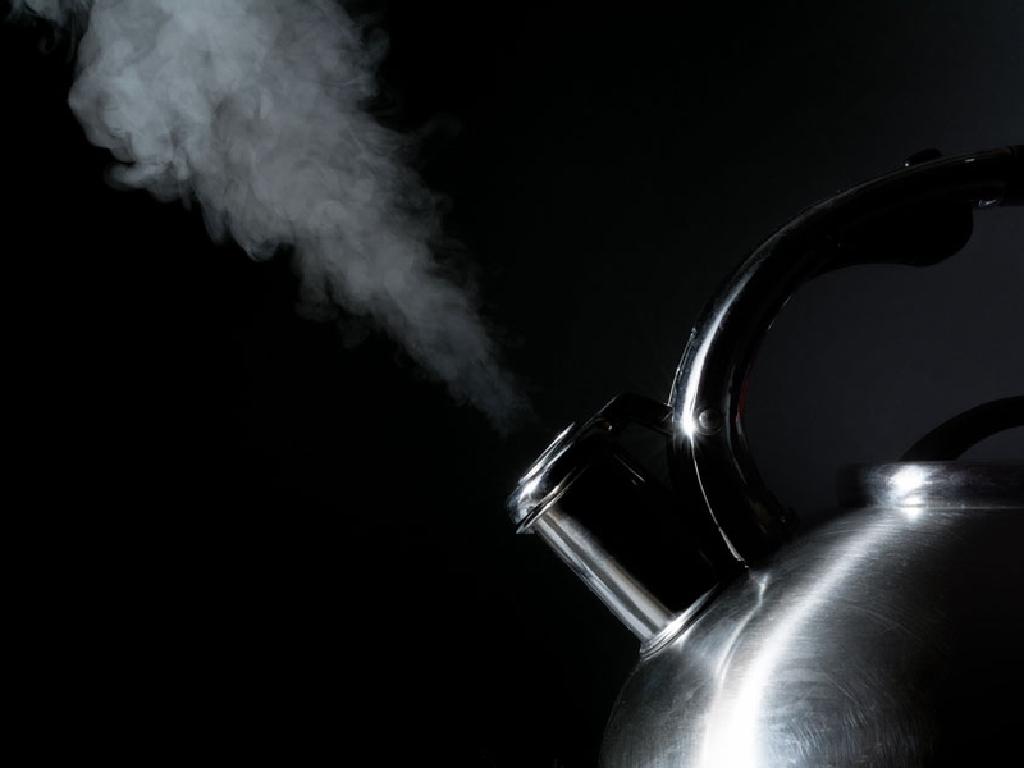Identify Solids And Liquids
Subject: Science
Grade: Kindergarten
Topic: States Of Matter
Please LOG IN to download the presentation. Access is available to registered users only.
View More Content
Exploring Solids and Liquids
– What are Solids?
– Solids are hard and keep their shape
– What are Liquids?
– Liquids flow and take the shape of their container
– Solids vs Liquids
– Fun Facts about States of Matter
– Ice is solid water, and water is liquid ice!
|
This slide introduces the concept of solids and liquids to Kindergarten students. Begin by explaining that solids are objects that don’t change shape unless they are broken or cut. They’re like blocks, tables, or even your own toys that stay the same shape. Then, describe liquids as things that can move around and change shape, filling up whatever container they’re in, like water or juice in a cup. Highlight the differences between solids and liquids by comparing their properties. Share fun facts to make the learning engaging, such as how water can be both a solid (ice) and a liquid depending on its temperature. Encourage the children to think of examples of solids and liquids they encounter in their daily lives.
Exploring Matter: Solids and Liquids
– Everything is made of matter
– Matter has different forms
– Today’s focus: Solids & Liquids
– Solids are hard; Liquids flow
– Solids: blocks, rocks. Liquids: water, milk
|
This slide introduces the concept of matter to Kindergarten students, emphasizing that everything they can touch and see is made of matter. It simplifies the concept by focusing on two forms of matter they interact with daily: solids and liquids. Solids are explained as hard and keep their shape, while liquids are described as substances that can flow and take the shape of their container. Use tangible examples like blocks and rocks for solids, and water and milk for liquids. Encourage the students to think of other examples of solids and liquids they have encountered. This will help them grasp the concept of matter and its different states in a relatable and interactive way.
Meet Mr. Solid!
– Solids are hard and keep shape
– Like blocks or a desk
– Solids don’t flow like water
– Find a solid item in class
– Look around, pick an object
– Share what you found!
– Tell us why it’s solid
|
This slide introduces the concept of solids to Kindergarten students. Begin by explaining that solids are objects that are hard and do not change shape unless they are broken or cut. Unlike liquids, solids do not flow or fill up a container. Encourage the students to look around the classroom and find examples of solid objects, such as their desk, a book, or a toy. Once they have selected an item, ask them to share with the class what they found and discuss why it is considered a solid. This activity will help them understand the concept of solids in a tangible and interactive way.
Say Hello to Miss Liquid!
– Liquids flow and fill containers
– Water, milk, and juice all flow and take the shape of their cups!
– Liquids are not hard like solids
– Everyday liquids we know
– Think of water, milk, or juice you drink!
– Understanding liquids in our world
– Liquids are all around us, in bottles, cups, and even in puddles!
|
This slide introduces the concept of liquids to Kindergarten students by personifying liquid as ‘Miss Liquid.’ Start by explaining that liquids, unlike solids, can flow and change shape to fit inside whatever container they are in. Use familiar examples like water, milk, and juice to illustrate this point. Encourage the children to think of and discuss liquids they encounter in their daily lives, such as drinks or rain puddles. The goal is to help them recognize and understand the properties of liquids in a fun and relatable way. For the activity, you can bring in different safe liquids for the children to pour and see how they take the shape of various containers.
Solids vs. Liquids
– Solids stay put, liquids flow
– Solids keep shape, liquids fill spaces
– A rock is solid, but water in a cup is liquid
– Holding solids is easy, liquids may spill
– Blocks don’t spill, but water can drip from our hands
– Solids and liquids in our world
|
This slide introduces the basic differences between solids and liquids, which are both states of matter. Explain that solids, like blocks or rocks, don’t change shape and can be stacked or held. Liquids, like water or juice, flow and take the shape of whatever container they’re in, making them harder to hold without a container. Use everyday examples to illustrate these points, such as comparing a toy to a drink. Encourage the children to think of their own examples of solids and liquids they encounter daily. This will help them understand the concept of states of matter in a tangible way.
Solid and Liquid Fun!
– Ice to water transformation
– Ice is solid, melts into liquid water
– Think of solids and liquids
– List examples together
– We’ll write them on the board as a class
– Understanding states of matter
– Solids are hard and keep their shape, liquids flow and take the shape of their container
|
This slide is designed to be interactive and fun for Kindergarten students, helping them understand the concept of states of matter through observable examples. Start by showing how ice (a solid) turns into water (a liquid) when it melts. Encourage the children to think of items they interact with daily that are solids and liquids. As they come up with examples, list them on the board to visually reinforce the concept. Explain that solids are hard and keep their shape, while liquids flow and take the shape of their container. This activity will help solidify their understanding of the different states of matter in a tangible and engaging way.
Class Activity: Solids and Liquids Hunt
– Let’s explore our classroom
– Find items to classify
– Look for things around us and think about what they are
– Create two piles: solids and liquids
– One pile for hard and firm items, another for wet and flowy
– Decide: Is it a solid or a liquid?
|
This activity is designed to help Kindergarten students understand the concept of solids and liquids through a fun and interactive classroom hunt. Teachers should guide the students to explore the classroom and find various items. Encourage them to touch and feel the items to determine if they are hard and keep their shape (solids) or if they are wet and take the shape of their container (liquids). Once they decide, they should place the item in the corresponding pile. Possible items for solids could be blocks, books, or pencils, and for liquids, it could be a bottle of glue or water. Ensure safety by supervising the students and avoiding any harmful or breakable items. After the activity, discuss why each item was placed in its respective pile and reinforce the properties of solids and liquids.
Show and Tell: Solids and Liquids
– Pick a solid item
– Choose a liquid item
– Explain why it’s solid or liquid
– Use clues: Solids are hard and keep shapes, liquids pour and take the shape of containers
– Remember the properties of each
|
This slide is for a class activity where students will engage in a hands-on learning experience by identifying and categorizing items as solids or liquids. Provide a variety of items for students to choose from. Guide them to understand that solids are firm and maintain their own shape, while liquids flow and take the shape of their container. Encourage them to touch and feel the items to determine their state. For the teacher: Prepare a diverse set of items for the activity, ensure safety with the liquid choices, and be ready to facilitate the discussion. Possible activities include comparing a block (solid) to water (liquid), or having different stations for students to test and categorize items. This activity will help reinforce the concept of states of matter through tactile and visual learning.
Fantastic Scientists!
– Congratulations, young scientists!
– Exploring solids and liquids
– Solids are hard and keep their shape
– Matter exists in different states
– Liquids flow and take the shape of their container
– You’re becoming matter experts!
|
This slide is meant to wrap up the lesson on states of matter, specifically focusing on solids and liquids. It’s a congratulatory slide, praising the students for their hard work and understanding. The notes should remind the teacher to reinforce the concept that matter can exist in different states, and that today’s focus was on identifying and understanding solids and liquids. Solids are hard and maintain their shape, while liquids flow and take the shape of their container. Encourage the students to look around their environment on their way home to spot examples of solids and liquids, reinforcing today’s lesson.






